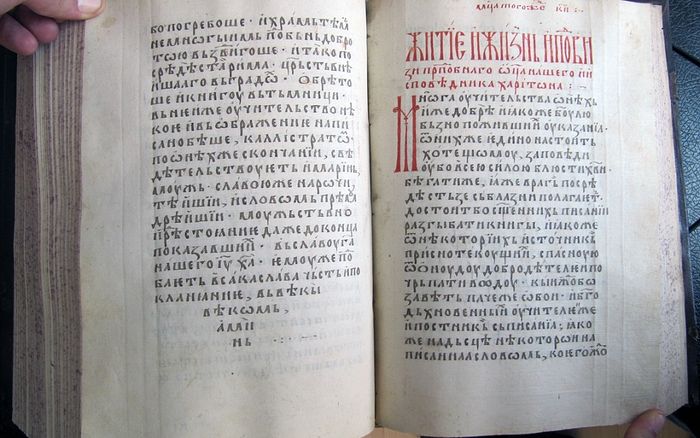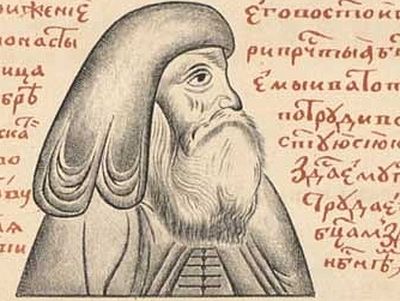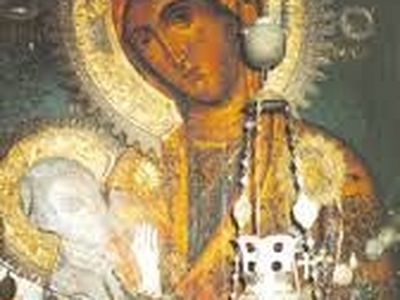Moscow, January 18, 2017
It would be among the National Library Foundation’s twenty most important manuscripts, but it was Mt. Athos’ Hilandar Monastery which recently purchased a highly valuable fourteenth century handwritten Serbian manuscript.
According to the monastery’s own site, the manuscript, previously owned by a Greek collector, was passed over by the Athens National Library, and negotiations with the Serbian National Library failed procedurally. The collector was about to offer the manuscript to a London auction house when Hilandar, possessing a great treasure of manuscripts from Serbian saints, stepped in.
“I wanted this book to be saved for Serbian culture, for our researchers,” explains Milivoj Ranđić, director of the Hilandar Foundation, adding “We are especially proud of the fact that Hilandar bought it with its own funds, and not through donations or contributions, with money earned from the sale of monastery wine.” The manuscript cost $16,000—not a large sum for a precious manuscript, but large enough for an Athonite monastery.
A detailed study is yet to come, but for now it is certain that the manuscript was very carefully compiled by true masters, scholars, translators, interpreters, proofreaders and editors.
The work contains a number of articles including homilies, letters, and hymns for nearly every Church celebration in the second half of September, with evidence of a volume on the first-half of September as well. Scholars are assuming that such a work was intended for the whole year, which would have to have been under wealthy patronage, presumably that of St. Stefan Lazarevic (June 15/28), who ruled from 1389 to 1427.
The new acquisition is unique in that previously known similar works compiled texts on major holidays throughout the year, rather than focusing on daily chronological celebrations. Moreover, the manuscript appears to be a translation of texts known in the South Slavic tradition, the likes of which was hitherto unknown.
Although the manuscript contains no data of when or where it was produced, there are indications that it is a work of Hilandar Monastery itself in the second half of the fourteenth century, bearing water marks and lettering similar to other such works.





